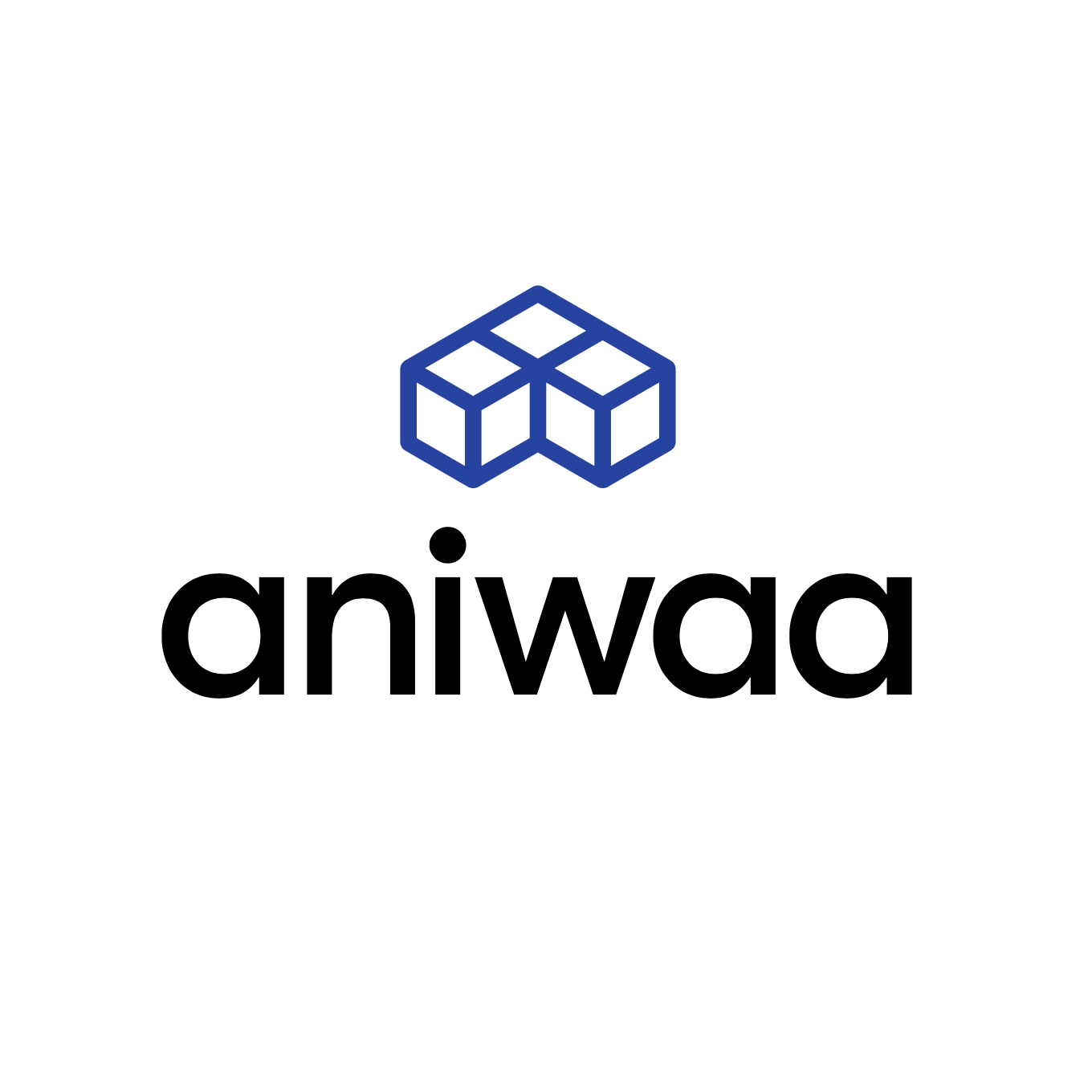3D printed figurines: 3D portraits, 3D figurines, and 3D selfies
What are 3D printed figurines or 3D selfies, also known as “mini-me” and 3D portraits?
3D printed figurines, 3D selfies, “mini-me”, and 3D portraits refer to the same thing: a photorealistic 3D printed miniature figurine of a person (or a couple) based on a 3D scan.
The process to get such a personal 3D self figurine involves two main steps:
- Step 1: 3D scanning the body or face of the person with a handheld 3D scanner or full-body 3D scanner. A 3D model can then be obtained and exported.
- Step 2: 3D printing the figurine or bust on a 3D printer. It can be 3D printed on a full-color 3D printer (expensive systems that can be accessed via a 3D printing service).
The result: a photorealistic, miniature 3D printed statue of the person, in vibrant color and with a high level of details.
Another option is to 3D print the model at home on a cheap desktop 3D printer with white PLA, for example, and paint it after undergoing some post-processing.
How to start a 3D selfie business or 3D figurine business?
If you’re willing to start a 3D selfie business or 3D figurine business, we strongly recommend looking into 3D scanning booths specifically designed for 3D figurines and 3D selfie production.
Integrated systems include all you need to get started and do not require you to invest hundreds of thousands of dollars in advanced, industrial-grade equipment.
3D figurines: a unique gift idea to capture memories in 3D
3D selfies and 3D portraits to capture important events
3D printed figurines are great gifts for life events such as weddings, graduations, or birthdays. They make for a great alternative to traditional photos. In the case of a wedding, it is possible to create a 3D printed miniature figurine of the bride and groom to use it as a wedding cake topper.

Several size options are available for 3D figurines or 3D portraits, ranging from a few centimeters tall to almost life-size dimensions. Pricing will increase with the size of the 3D printed statue.
Create a customized action figure or toy with 3D printing
3D printed figurines can be personalized at will to create action figures with your own face on them, for example! Once 3D scanned, the face of the subject can be integrated on a 3D design of a famous action figure (such as The Hulk on the image below) or even fantasy and historical figurines.
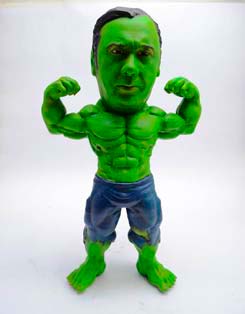
To get such a custom 3D printed mini-me figurine, here are the steps to follow:
- Step 1: Find a 3D printing company offering this type of service near you or online (like MyFaceOnAFigure.com)
- Step 2: 3D scan your face or use regular pictures; some companies can turn 2D photos into a 3D model (a process called photogrammetry) and integrate them onto an action figure
- Step 3: Wait for your 3D printed figurine to be printed and delivered!
If you are already an advanced 3D scanning and 3D printing user, you can also make your own action figure from scratch following this tutorial by Materialise.
Last but not least, for animal lovers, there are even companies specialized in pet 3D scanning and pet 3D printing. 3Dpetshop in Japan offers a unique procedure to get a 3D printed miniature version of your beloved pet companion.
The best 3D printers for 3D figurines, 3D selfies and 3D portraits
Do you want to start your 3D selfie business? Or simply 3D print a miniature version of yourself? Then you will need to find the right 3D printer and 3D scanner to produce your 3D figurines.
For the 3D printer, an important requirement is the capacity to 3D print in full-color (different than simple multicolor 3D printing) with a high print resolution. Only a handful of 3D printer manufacturers currently offer full-color 3D printing, and their systems are usually expensive.
Want to find out more about color 3D printing in our guide to full-color 3D printers.
The best 3D scanners, 3D body scanners and 3D scanning booths for 3D figurines and 3D selfies
In order to print a 3D selfie (or a 3D statue or mini-me 3D figurine), you first need to capture in 3D and in color the face or body of your subject using a 3D scanner.
There are several types of 3D scanners suitable for face 3D scanning or full-body 3D scanning but, in the end, only a handful of 3D scanners can be used for professional applications.
3D scanning booths and 3D body scanners
The full-body 3D scanner market is booming, but only a few of these 3D scanning booths are suitable for 3D printing figurines or “mini-me” applications.
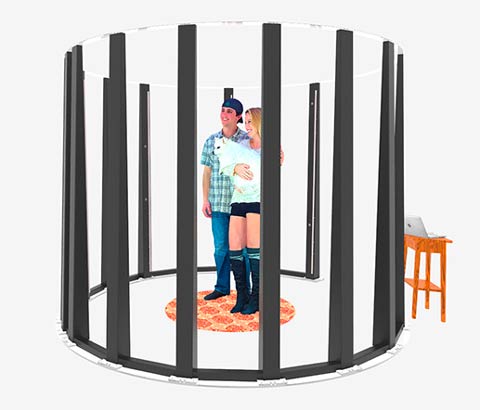
They almost always come as part of an integrated solution designed for 3D entrepreneurs, including a 3D scanning and 3D printing solution. The resulting 3D models obtained are sent to a local 3D printing service with the capacity to 3D print the figurines in color and then ship them to the end customers.
Note: Several of the 3D body scanning systems currently on the market are designed for medical or fitness applications, hence not suitable for a 3D selfie or 3D printed figurines business where capturing textures and colors in high resolution is paramount.
Use our 3D scanner comparison engine to find the best 3D body scanner for you.
Portable 3D scanners and handheld 3D scanners
Handheld 3D scanners technically have the capacity to capture a full person in 3D, but they require the subject to stand still throughout the 3D scanning process which lasts around 2 to 3 minutes. While this sounds manageable for most people, it’s less the case if you want to get 3D figurines of your kids or pets!
Indeed, if the person moves during the 3D capture phase, the 3D model will be unusable. Therefore, most 3D selfie businesses do not use portable 3D scanners but a 3D scanning booth, such as Twindom (see above).
Again, you can use our comparison engine and use filters like “Handheld” and “Texture/Colors” to find a suitable portable 3D scanner (or click here for a pre-filtered search!)
3D figurines and 3D selfies services
3D figurines companies and professional body scanning services
To obtain a photorealistic 3D figurine or 3D selfie, we strongly recommend working with a qualified service. Professional 3D figurine services often use integrated 3D scanning booth solutions such as Twindom.
In this case, the service provider takes care of the 3D capture part of the process, scanning the person(s) with a 3D scanning cabin. The resulting 3D file is then sent to an external 3D printing service provider specialized in full-color 3D printing and equipped with the best 3D printers for 3D figurines on the market.
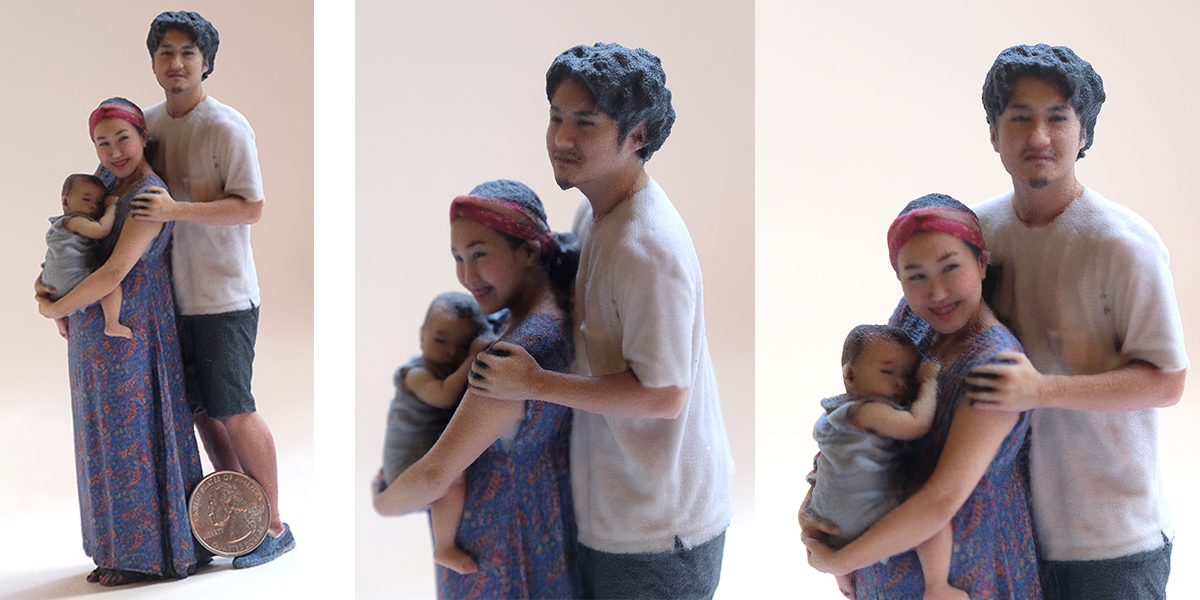
How to make your own custom avatar with 3D scanning?
Get your own 3D body scan or 3D face scan
To obtain a detailed 3D model of a subject, you have to use 3D scanning. The result of the 3D scanning step is a 3D file with the shape, texture, and colors of the person.
Several types of 3D scanners exist and you don’t necessarily need to purchase an expensive 3D scanner to perform a 3D scan of a person:
- Free 3D scanning mobile apps can turn a smartphone into a portable 3D scanner. 3D scanning someone usually requires around 20 photos for a full-body scan in color.
- An affordable 3D scanner can be a good option to produce decent quality 3D scans of people. It only requires someone else to perform the 3D scan.
- A professional handheld 3D scanner, capable of capturing an object (or a person) in full color and with textures.
- A 3D scanning booth or full-body scanner, the ideal solution to obtain a detailed 3D scan of a person’s body. 3D body scanners are typically used by companies offering 3D printed figurine services.
Customize your own 3D avatar with a 3D software
Once you’ve obtained a 3D scan of yourself (full body or face), you can import this 3D file in CAD software (a 3D modeling program).
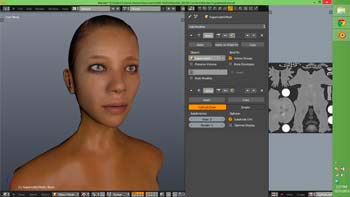
In order to customize the 3D design, software solutions like Blender can be an affordable option. You can then modify the shape, textures and even add accessories to your original 3D scan.
Your imagination – and 3D design skills! – are the limit!
Paper-based 3D printing vs powder-based 3D printing
Only a handful of 3D printing technologies can produce full-color, photorealistic 3D prints with professional-grade quality.
Powder-based 3D printing
A powder material (sandstone, gypsum, …) is sintered or melted by an energy source. Then, a binding agent can be applied to form the object layer by layer. Each layer is colored as it’s being solidified.
The main advantages of this technology are the large build size capacity of the 3D printers and the ability to produce photorealistic 3D portraits and figurines, with vibrant colors and a high-quality look and feel. However, the 3D printing material (powders) and the machines themselves are quite expensive.
Paper-based 3D printing
This approach, developed by Irish 3D printer manufacturer Mcor (now CleanGreen3D), uses regular paper as a consumable. The 3D printing process is derived from the lamination technique.
First, the sheets of paper are printed and colored with regular inkjet heads. The sheets of paper are then fed into the 3D printer to be cut and glued together to form a colored 3D object.
The main benefit of paper 3D printing is its affordability since paper is a lot cheaper than other 3D printing materials (filaments, powders, or resins). Downsides of this technology include small maximum build sizes and tricky post-processing when working with 3D models that have complex geometries and details.
 English
English  Français
Français